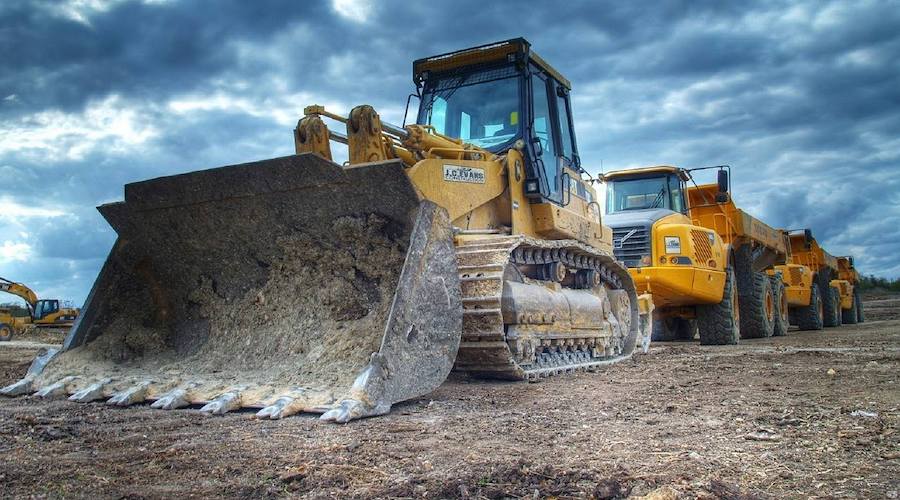
Australia’s 50 mid-tier mining companies are outperforming the market and showing resilience during the covid-19 pandemic, setting them up to resource Australia’s recovery, according to PwC’s Aussie Mine 2020 Report.
PwC’s analysis indicates the MT50, the 50 ASX-listed “mid-tier” mining companies with market values under $5 billion, have maintained consistent revenues and profits, with revenue up 6% to A$29.4 million and market cap up to A$61 billion. The MT50 has outperformed the combined ASX200, and is equivalent to an ASX5 for the first time.
Aussie Mine, in its 15th edition, shows the MT50’s net assets have also reached a record high of A$43.17 billion and cash is up 16%, but this has coincided with a 177% increase in short-term debt, indicating a focus on working capital that is required over the next 12-24 months.
“Aussie Mine 2020 tells us the mid-tier miners have shown resilience throughout the pandemic and highlights the key role that miners play in supporting communities and the broader economy,” PwC Australia national mining leader Debbie Smith said in a media release.
While most mid tier miners are moving in the right direction on ESG disclosure, reporting remains relatively immature against the new World Economic Forum framework
“The MT50 have collectively paid $1.5 billion in mineral royalties and more than A$3.5 billion in dividends to shareholders in the past year. Our estimates show the group also employs more than 50,000 people globally; even more if you count the jobs created for contractors and communities.”
The mining industry as a whole employs approximately 250,000 people in Australia, accounting for 2% of the Australian workforce, and the projected employment growth for five years to May 2024 is 6.2%.
The MT50 spent A$5.9 billion on CAPEX during the year and with momentum continuing on projects, this continued investment will continue to be a very important contributor to jobs growth, Smith said.
“With contributions like this and strong finances, we believe the MT50 are well positioned to resource our nation’s economic recovery.”
“The MT50 has never performed so well. The value of net assets is the highest it has ever been. This means there are stronger balance sheets in the MT50 to leverage into the future. We now have a really solid base in the mid tier, on which to continue to build into the future,” PwC Australia 2020 Aussie mine project leader Justin Eve said.
“Exploration is up 21%, and we’ve seen that also through a record number of eight explorers making the mid tier 50, which is the highest ever. This demonstrates the willingness to invest in future mines and therefore employing a lot of people through the value chain. This is a great sign that investors have confidence in the industry’s future potential.”
PwC’s analysis shows the pandemic has resulted in mixed performance across the group, with producers of gold and iron ore benefiting from a significant increase in commodity prices and high demand, while coal and copper producers reported a decline in revenue due to weaker commodity prices and higher cost in managing operations.
The surge in gold prices over the previous 12 months has shaped the movement in the MT50, with gold miners accounting for more than 50% of new entrants in 2020. Gold miners now represent the largest group making up 44% of the MT50 and had three new entrants to the top ten mid-tier miners. One gold company broke through the A$5 billion barrier and graduated from the list, following two gold company graduates in 2019.
“It’s been a golden year for the MT50 but that’s not surprising given record gold prices and the fact that investors often turn to gold in times of high uncertainty. Gold’s stellar performance in the past year makes it an outlier in the 2020 MT50 and across the entire economy, sitting well ahead of the collective performance of the ASX200,” Eve said.
Aussie Mine 2020 found that while most mid tier miners are moving in the right direction on ESG disclosure, reporting remains relatively immature against the new World Economic Forum framework.
MT50 performance was poorest on disclosures related to the prosperity measure on ensuring all human beings can enjoy prosperous and fulfilling lives and that economic, social and technological progress occurs in harmony with nature, PWC reported. Only 39% of the group reported against this pillar of the framework. Disclosures against the planet measure on protecting the planet from degradation were also low at 45%.
“The stakeholder group for the MT50 is expanding and expectations of transparent, robust and meaningful ESG disclosure are rising. The reporting frameworks have been evolving in line with this changing reference point in how companies are being assessed. For mid-tier miners’ continued success, they must move past the stage of general or variable commitments and address community concerns on ESG practices,” Smith said.
“A strong focus on ESG will improve ‘brand mining’ and translate to long-term value creation for investors, regulators, consumers, employees and the communities that MT50 operate in by strengthening the sector’s social licence and ability to attract higher-quality capital.
Other current and emerging issues must be in focus including productivity and innovation, a heightened interest from the community on Government funding and tax transparency and increased cyber attacks, particularly at critical operational technology – 78% of industrial control systems managers believe there will be a cyber attack within 12 months. Miners should take the opportunity, given their relative resilience, to address these issues.”